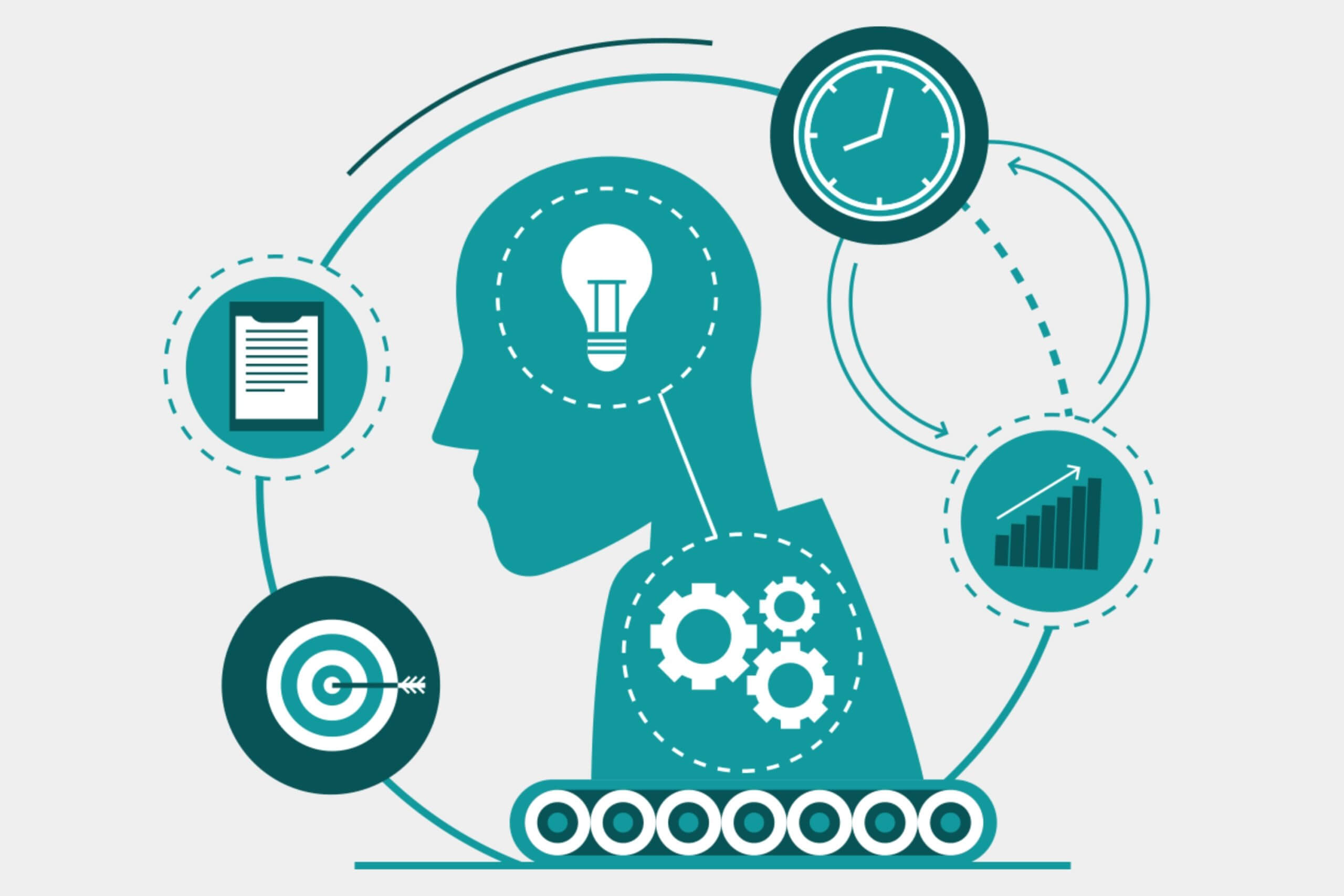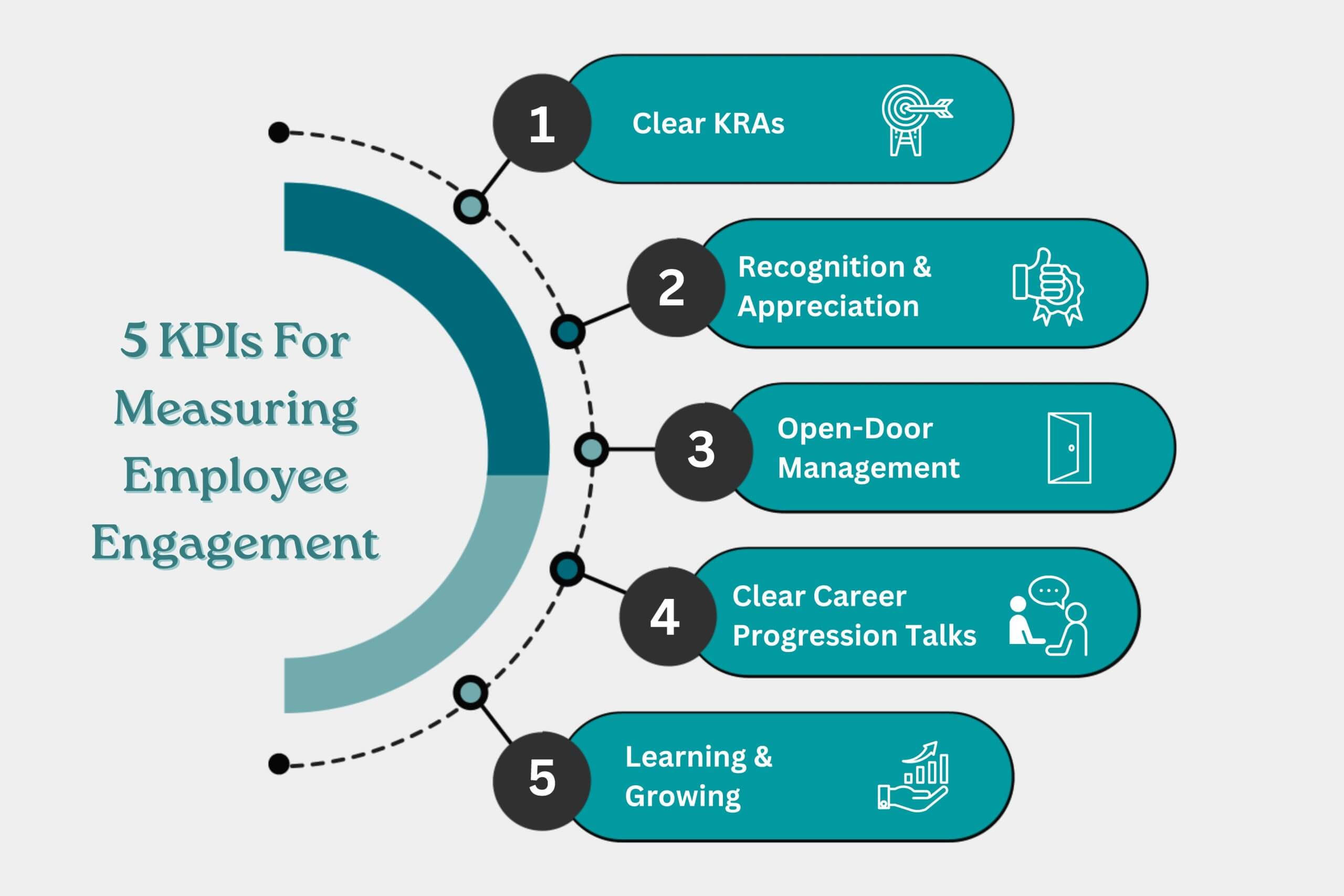Employee Engagement: The Most Valuable Way To Boost Productivity

Engagement and productivity are two terms in the workplace lingo that are used interchangeably. But what do they mean? What does it mean to have an employee engaged? And how does it impact the productivity of the employee?
These are just some of the questions being answered in this article. Read along to learn how to boost employee productivity by boosting employee engagement!
What Is Employee Engagement?
Employee engagement is the emotional commitment that your employees have to the organisation and its goals.
We often hear about the woes of work-life balance. And we often brush it off as regular, untreatable whining. But if you take a closer look, it all boils down to the quality of employee engagement activities that are undertaken by the organization.
When there are systems in place that allow employees to feel valued, nurtured, and cared for as a person – not just as a resource – the employees develop a sense of emotional commitment towards the company. They start finding joy in the work they do. Their work life then becomes one of the sources of joy and fulfilment, not just another mandated struggle. When your company reaches this level of satisfaction, you can rest assured that you have put in place proper, functioning systems of employee engagement.
What Is Productivity?

This term, productivity, really doesn’t need any formal definition. We all know what productivity means. But what does productivity mean in the context of employee engagement? And how are these two factors related? Let’s look at two hypothetical situations to understand the link between productivity and engagement:
In the first situation, consider a professional environment where your work is consistently monitored and evaluated, and your sick days are interrupted by emails regarding urgent matters. Your professional reputation is shaped more by the feedback your work receives than by your overall skills and personality. When you achieve success, it is met with indifference or the comment, “That’s what you were hired to do.” Furthermore, in this environment, work is the primary focus. There is no discussion of career development, no clear communication of key performance indicators (KRAs), and no opportunities for lighthearted camaraderie with coworkers or your manager.
Doesn’t sound that great, does it?
Now come to the second hypothetical situation. This is where your leader and manager greet you with a smile. Your hard work is always noticed and appreciated. Your mistakes are seen as learning opportunities and you are guided on the right path with insightful mentorship. Your workplace is bustling with opportunities to showcase your skillsets apart from what you were hired for. Your ideas are always welcome and the conference rooms are bustling with productive discussions and healthy debates. Your leaders are transparent about the prospects of your career growth. You are guided about different courses, programs, and learning opportunities that align with your goals. You are provided with adequate resources to do your job with ease and comfort. And your leaves are truly a time off from work, with no work-life boundaries being crossed.
Out of these two hypothetical scenarios, which one would make you feel the most productive and passionate about your job? Naturally, it’s the second one. This is what employee engagement is all about – making your employees feel so cared for and valued that they genuinely care about the work they do. And, once your employees start caring about what they do at work, your overall workforce productivity is going to skyrocket!
5 KPIs To Get Started With Measurable Employee Engagement

Now that the link between engagement and productivity is clear, we move on to some measurable KPIs that can help you turn this qualitative learning into an actionable plan. Note that these KPIs are generic and solely aim to help you get started. You must tailor your KPIs to your unique workforce needs for optimum results.
1 – Clear KRAs
Your employees need to know exactly what is expected of them. Their day-to-day tasks will become very efficient when there is clear communication about what the priorities are and what needs to be done. Having clear KRAs is crucial to creating a stress-free workplace with clear boundaries.
2 – Recognition & Appreciation
An employee is more likely to perform with greater motivation if they are consistently made aware that their contributions are being noticed and valued. From systemic moves like having some official rewards and recognition programs in place, to small, daily acts of appreciation and active listening – there are many things you can do to make your employees realize that their work and efforts are being recognized and appreciated. It will go a long way to boosting the overall morale and productivity of your workforce.
3 – Open-Door Management
Apart from noticing the efforts of your employees, you also need to ensure that they feel heard. Good ideas can come from anywhere, and when your company culture encourages active listening, healthy debates, and constructive feedback, it directly increases the productivity and efficiency of the workplace.
4 – Clear Career Progression Talks
Nobody wants to stay stagnant in the role they joined. Everyone is looking for growth in their career. When you encourage the leadership to engage with their team members and have conversations about their career progression paths, it leads to a culture of mentorship-based management. The team members of proactive mentor managers are more likely to be intrinsically motivated toward upskilling and levelling up their professional forte. This directly contributes to overall workforce productivity.
5 – Learning and Growing
Building upon the previous point of career progression, you can take the benefits a step further by also providing the resources for upskilling to your employees. That way, they get the required guidance and the required tools to convert their learnings into actionable strategies. Such environments that tangibly contribute to the learning and development of employees tend to have a more loyal and passionate workforce.
Lastly, it is important to understand that employee engagement is a continuous process. You will need a trial-and-error approach to regularly try out new ways of keeping your employees engaged and productive.
Always remember, when employees are engaged, productivity becomes a natural byproduct!
